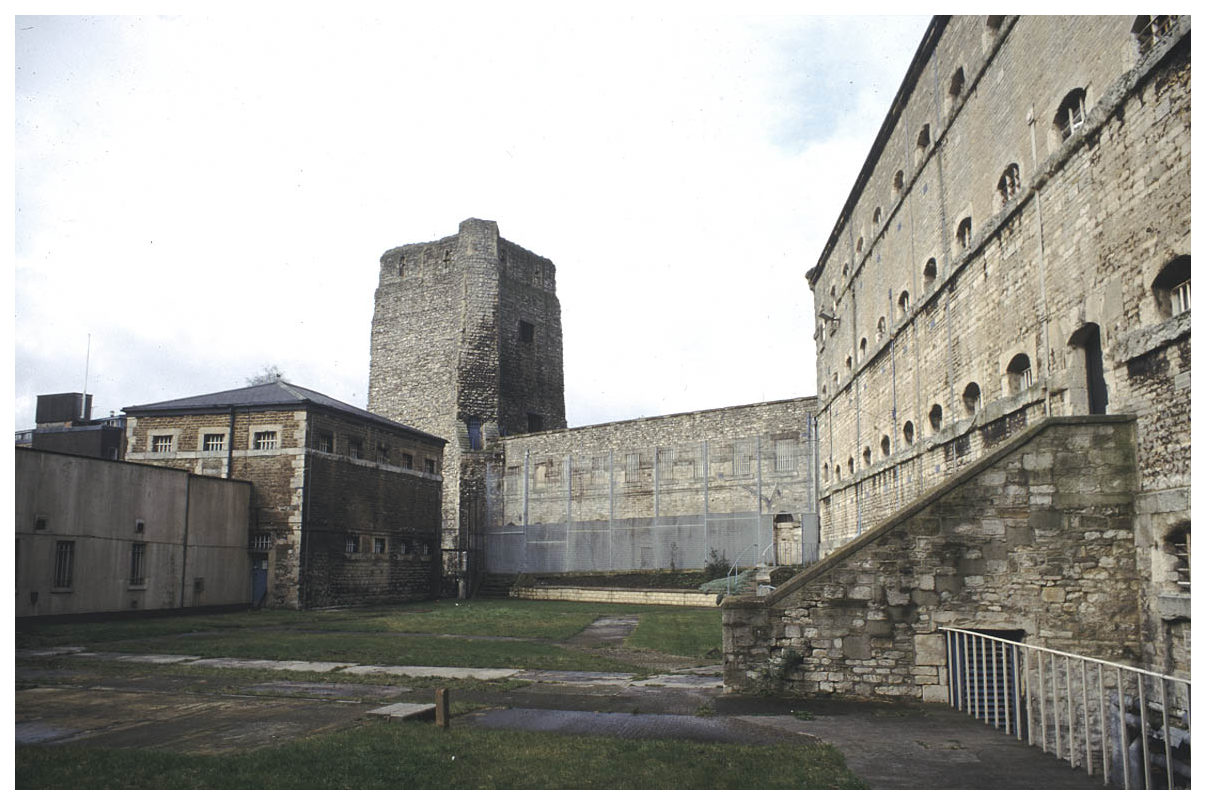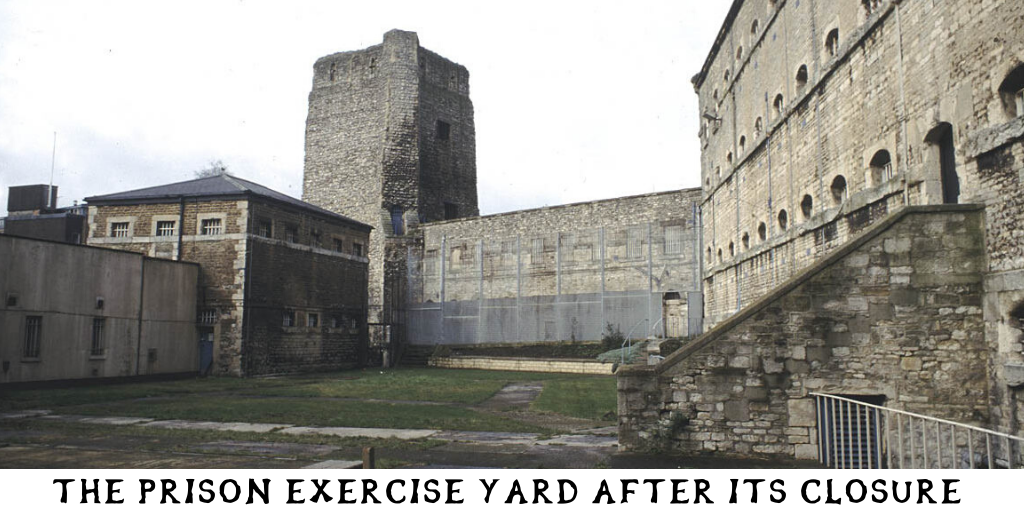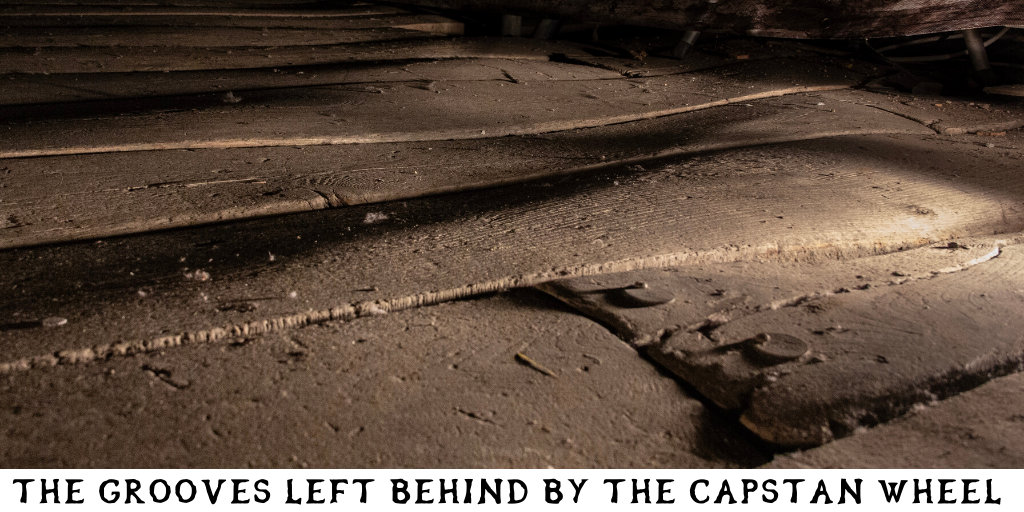 bbb
bbb
Discover how the Victorians used to punish their prisoners and how Oxford Castle & Prison has changed over the years.
By the beginning of the Victorian era, the county gaol at Oxford was no longer a ramshackle, unsanitary enterprise, but a rigorous and austere modern institution. The rowdy, disorderly Georgian gaol became a regimented, eerily quiet Victorian version.
At Oxford, the magistrates crushed what was left of the old gaol culture of graft and gambling with a regime of hard fare, hard beds and hard labour. Prisoners were under constant supervision and had their time controlled down to the very minute.
Between 1780 and 1850, crime rates continued to rise and public fear of crime was running high. The authorities opted for more reform, and as a result, imprisoned more people and made prison life harsher and more degrading.

The prison population rose steeply. More prisonswere built to cope with the numbers. Oxford Prison greatly expanded in the mid-19th century, with the addition of new wings. Prisoners were classified according to age and gender and kept in individual cells. A separate women’s prison was built before 1851. Then, a large new cellblock, now known as ‘A’ Wing. Provision for hard labour increased with the addition of treadwheels and a capstan for pumping water.
The 1877 Prisons Act introduced a nationalised prison system with back-breaking and demoralising work as its central plank. In the early 19th century, emphasis on work was a means of reforming the convict’s soul. But after fears of prisons becoming too soft, the government introduced soul-destroying hard labour to act as a deterrent to crime.
Oxford Castle & Prison had five key hard labour punishments for their prisoners, these punishments weren’t uncommon in many other prisons:

The aim of Victorian hard labour in the prison regime was to crush the spirit of inmates. Also, to force them to mend their ways. Prisoners had to stay silent during work. Moreover, tasks were tedious and often useless. The government formally abolished hard labour in 1948.
Learn more about crime and punishment during the Victorian era by visiting Oxford Castle & Prison. Book now: https://www.oxfordcastleandprison.co.uk/


| Cookie | Duration | Description |
|---|---|---|
| cookielawinfo-checkbox-advertisement | 1 year | Set by the GDPR Cookie Consent plugin, this cookie is used to record the user consent for the cookies in the "Advertisement" category . |
| cookielawinfo-checkbox-analytics | 11 months | This cookie is set by GDPR Cookie Consent plugin. The cookie is used to store the user consent for the cookies in the category "Analytics". |
| cookielawinfo-checkbox-functional | 11 months | The cookie is set by GDPR cookie consent to record the user consent for the cookies in the category "Functional". |
| cookielawinfo-checkbox-necessary | 11 months | This cookie is set by GDPR Cookie Consent plugin. The cookies is used to store the user consent for the cookies in the category "Necessary". |
| cookielawinfo-checkbox-others | 11 months | This cookie is set by GDPR Cookie Consent plugin. The cookie is used to store the user consent for the cookies in the category "Other. |
| cookielawinfo-checkbox-performance | 11 months | This cookie is set by GDPR Cookie Consent plugin. The cookie is used to store the user consent for the cookies in the category "Performance". |
| PHPSESSID | session | This cookie is native to PHP applications. The cookie is used to store and identify a users' unique session ID for the purpose of managing user session on the website. The cookie is a session cookies and is deleted when all the browser windows are closed. |
| viewed_cookie_policy | 11 months | The cookie is set by the GDPR Cookie Consent plugin and is used to store whether or not user has consented to the use of cookies. It does not store any personal data. |
| Cookie | Duration | Description |
|---|---|---|
| _ga | 2 years | The _ga cookie, installed by Google Analytics, calculates visitor, session and campaign data and also keeps track of site usage for the site's analytics report. The cookie stores information anonymously and assigns a randomly generated number to recognize unique visitors. |
| _gat_UA-9822230-4 | 1 minute | A variation of the _gat cookie set by Google Analytics and Google Tag Manager to allow website owners to track visitor behaviour and measure site performance. The pattern element in the name contains the unique identity number of the account or website it relates to. |
| _gcl_au | 3 months | Provided by Google Tag Manager to experiment advertisement efficiency of websites using their services. |
| _gid | 1 day | Installed by Google Analytics, _gid cookie stores information on how visitors use a website, while also creating an analytics report of the website's performance. Some of the data that are collected include the number of visitors, their source, and the pages they visit anonymously. |
| CONSENT | 2 years | YouTube sets this cookie via embedded youtube-videos and registers anonymous statistical data. |
| Cookie | Duration | Description |
|---|---|---|
| _fbp | 3 months | This cookie is set by Facebook to display advertisements when either on Facebook or on a digital platform powered by Facebook advertising, after visiting the website. |
| fr | 3 months | Facebook sets this cookie to show relevant advertisements to users by tracking user behaviour across the web, on sites that have Facebook pixel or Facebook social plugin. |
| test_cookie | 15 minutes | The test_cookie is set by doubleclick.net and is used to determine if the user's browser supports cookies. |
| VISITOR_INFO1_LIVE | 5 months 27 days | A cookie set by YouTube to measure bandwidth that determines whether the user gets the new or old player interface. |
| YSC | session | YSC cookie is set by Youtube and is used to track the views of embedded videos on Youtube pages. |
| yt-remote-connected-devices | never | YouTube sets this cookie to store the video preferences of the user using embedded YouTube video. |
| yt-remote-device-id | never | YouTube sets this cookie to store the video preferences of the user using embedded YouTube video. |